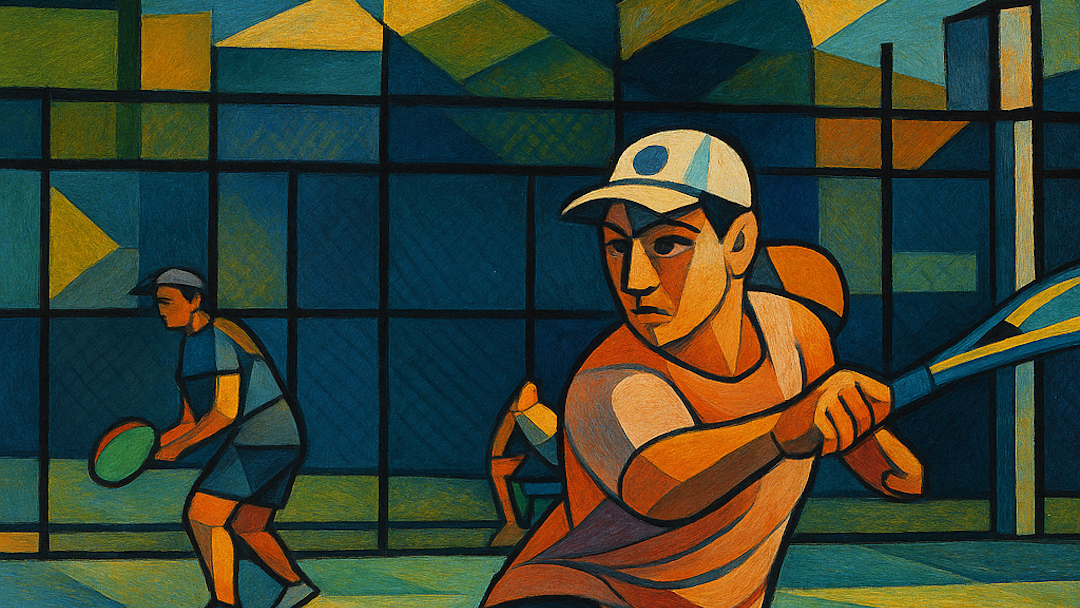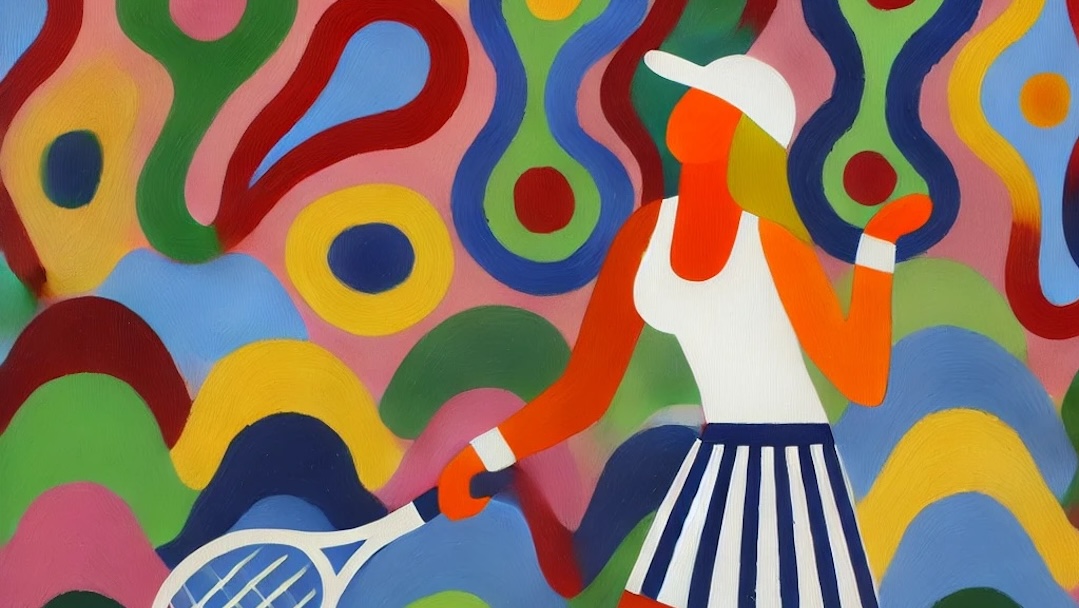Tennis Hits the Books
Bobby Riggs published two autobiographies over the course of his life. His first effort, Tennis is My Racket, presents the story of Riggs as an irascible – but quite serious – tennis player. His second autobiography is Court Hustler. Before I go on, I should note that this post is chock full of obvious spoilers. For example, with a title like Court Hustler, it will probably not surprise anyone that the promotional antics of Riggs are still on full display.
Additionally, with a picture of Billie Jean King on the dust jacket, it might be reasonable to expect that the “Battle of the Sexes” match in 1973 would be included in the content of the book. However, I read the entirety of Court Hustler before having the stunning realization that it was published as a part of the pre-match media hype. The match with Billie Jean King was still yet to come.
Riggs, the serious tennis player, won three Grand Slam Singles titles over the course of his career. That is a fact that probably surprises a lot of tennis fans. In fact, Riggs won the Gentlemen’s Singles, Doubles, and Mixed Championships at Wimbledon in 1939. That is a stunning trifecta. Riggs was much more than a degenerate gambler and hustler.
At the same time, I would be remiss to omit the fact that those three Wimbledon titles in 1939 were a part of a lucrative wagering event for Riggs. Before the tournament, Riggs bet 100 British Pounds that he would win the Singles, receiving 3-1 odds on his money. He parlayed that bet with 6-1 odds that he would win the doubles and 12-1 that he would win the mixed doubles. He won 21,600 British Pounds with that wager, or approximately $108,000 in US dollars. That was a lot of money in 1939. It’s a lot of money in 2021, now that I think about it.
As an amateur constantly under USLTA duress and investigation on suspicion of accepting excessive expenses from amateur events, Riggs was reluctant to open a bank account to deposit his winnings. Consequently, he stashed the cash in a safe deposit box in at a Bank in London. Now is a really good time to reiterate the year: 1939. Suffice it to say that Riggs was pulling hard for the British Royal Air Force to prevail against the Germans in World War II.
Riggs rehashes a certain amount of material from his first book regarding the “Shamateurism” practices that preceded the Open era of tennis. However, the renewed accounts in Court Hustler add more detail and color to those stories. In the intervening time between the two books, the narrative was also sharpened by additional maturity and perspective.
Court Hustler is full of stories of the USLTA behaving badly. In fact, when Riggs turned 45, he wanted to play on the amateur Senior Circuit. Since it was still before the Open Era of tennis, Riggs was not allowed to compete as a former professional tennis player. The Senior Circuit was strictly for amateurs per USLTA policies. Riggs was 51 in 1968 when the Open Era was ushered in and only then was Riggs able to participate in Senior tennis.
Court Hustler opens with some bombastic and sexist claims by Riggs. Specially he states that the reason he conceived of challenging the current top women’s tour professional players is because he believed that the men on the Senior Circuit were more deserving of prize money than the professional women. That material is oddly out of step with the rest of the book. I choose to believe that the publisher wanted to start with something controversial to drive book sales in advance of the impending Billie Jean King “Battle of the Sexes” match.
Riggs was the ultimate competitor who put his money where his mouth is. I harbor no illusions that Riggs was involved in the “Battle of the Sexes” match for any other purpose than his wallet and insatiable desire to compete. I personally don’t believe that he thought the matches were significant factors in either the women’s movement or gender equity debate. Rather I think it is more likely that he found a way to advance his own interests by associating the match with something that was dominating the public consciousness at the time.
Riggs was instrumental in bringing public attention and awareness not just to women’s tennis, but tennis overall. The “Battle of the Sexes” was the first tennis match that countless people in the United States ever watched. It is probably no coincidence that the event coincided with the tennis participation boom in the early 1970s. Tennis owes a lot to Bobby Riggs.
Court Hustler galvanized my perception of the man. I stand by my (semi) hot take that Bobby Riggs did more for the advancement of women’s tennis than any other man of his time. He may not have intended to to it, but that doesn’t negate the bottom line.
Fiend At Court participates in the amazon associates program and receives a paid commission on any purchases made via the links in this article. Additional details on the disposition of proceeds from this source are available in the “About Fiend at Court” page.




